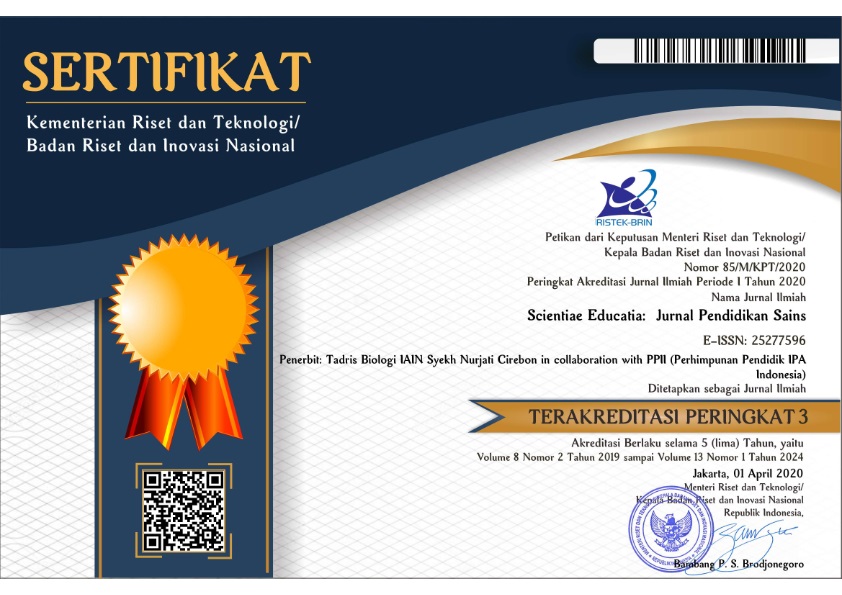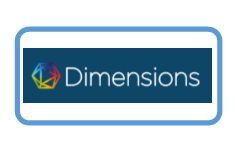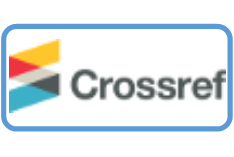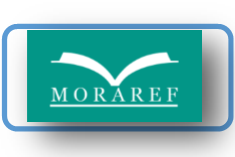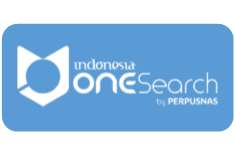Tempoyak as a Biotechnology Learning Media: Innovation of Ethnoscience-Based PjBL E-module to Improve Science Literacy and Creativity of Phase E Students
(1) Universitas Negeri Yogyakarta
(2) Universitas Negeri Yogyakarta
(*) Corresponding Author
Abstract
This research is motivated by the limitations of teaching materials that are less interactive and innovative and the low scientific literacy and creativity of students. The purpose of this study is to develop an ethnoscience-based Project-Based Learning (PjBL) e-module in making Tempoyak as a biotechnology teaching material to improve scientific literacy and creativity of Phase E students. The method used is Research and Development (R&D) with a 4D development model (Define, Design, Develop, and Disseminate). The research sample consisted of two classes, namely the experimental class using the ethnoscience-based PjBL e-module and the control class using conventional teaching materials. The effectiveness of the e-module was measured by comparing the results of the pretest and posttest, as well as the creativity questionnaire. The results showed that the developed e-module was effective in improving the scientific literacy and creativity of students. The average posttest score of the experimental class increased significantly compared to the control class. Thus, this e-module can be an alternative innovative teaching material that integrates science with local culture, which can improve scientific literacy and creativity.
Keywords
Full Text:
PDFReferences
Arifianti, K. K. Y. (2017). Peran Pendidikan Dan Pengetahuan Ilmu Kimia Dalam Mengembangkan Potensi Pengawetan (Tempoyak Atau Pakasam) Bahan Nabati Dan Hewani Lokal Daerah Kalimantan Tengah. Jurnal Ilmiah Kanderang Tingang, 8(1), 1-7.
Astuti, R., & Aziz, T. (2019). Integration of Early Childhood Creativity Development in Kanisius Kindergarten Sorowajan Yogyakarta. Jurnal Obsesi: Journal of Early Childhood Education, 3(2), 294. https://doi.org/10.31004/obsesi.v3i2.99
Azizah. (2022). Development of Interactive Digital Module Based on Sigekh Pengunten Dance for Junior High School Students on Human Movement System Material. University of Lampung.
Brunner, H., & Sievi, R. (2017). Asymmetric catalyses. XXXIII. New optically active phospholanes derived from tartaric acid. Journal of Organometallic Chemistry, 328(1–2), 71–80. https://doi.org/10.1016/S0022-328X(00)99768-7
Cahyani, AEM, Mayasari, T., & Sasono, M. (2020). Effectiveness of E-module Project Based Learning Integrated with STEM on Creativity of Vocational High School Students. Scientific Journal of Physics Education , 4 (1), 15. https://doi.org/10.20527/jipf.v4i1.1774
Dianti, SAT, Pamelasari, SD, & Hardianti, RD (2023). Project-Based Learning Approach with STEM Approach to Improve Students' Science Literacy Skills. National Science Seminar XIII, 432–442.
Febiharsa, D., Sudana, IM, & Hudallah, N. (2018). Functionality Testing (Blackbox Testing) of Batik Professional Certification Institute Information System (SILSP) with AppPerfect Web Test and User Test. Joined Journal (Journal of Informatics Education), 1(2), 117. https://doi.org/10.31331/joined.v1i2.752
Hake, R.R. (1998). Interactive-engagement versus traditional methods: A six-thousand-student survey of mechanics test data for introductory physics courses. American Journal of Physics, 66(1), 64–74. https://doi.org/10.1119/1.18809
Hilmi, R. Z, Hurriyati, R., & Lisnawati. (2018). Interactive multimedia learning module based on Adobe Director on operating system subjects for vocational high schools, 3(2), 91–102.
Imaningtyas, C. D., Karyanto, P., Nurmiyati, N., & Asriani, L. (2016). Penerapan e-module berbasis problem based learning untuk meningkatkan literasi sains dan mengurangi miskonsepsi pada materi ekologi siswa kelas x mia 6 sman 1 karanganom tahun pelajaran 2014/2015. Bioedukasi: Jurnal Pendidikan Biologi, 9(1), 4-10.
Irwandani, I., Latifah, S., Asyhari, A., Muzannur, M., & Widayanti, W. (2017). Modul digital interaktif berbasis articulate studio’13: pengembangan pada materi gerak melingkar kelas x. Jurnal Ilmiah Pendidikan Fisika Al-Biruni, 6(2), 221-231.
Labib, U. A., & Yolida, B. (2019). Development of an Android-based Application Integrated with a Website as Biology Learning Media. Bioterdidik Journal, 7(5), 33–42.
Lestari, L., Alberida, H., & Rahmi, Y. L. (2018). Validitas dan praktikalitas lembar kerja peserta didik (LKPD) materi kingdom plantae berbasis pendekatan saintifik untuk peserta didik kelas X SMA/MA. Jurnal Eksakta Pendidikan (JEP), 2(2), 170-177.
Marta, H., Fitria, Y., Hadiyanto, H., & Zikri, A. (2020). Penerapan pendekatan contextual teaching and learning pada pembelajaran IPA untuk meningkatkan hasil belajar dan motivasi belajar siswa sekolah dasar. Jurnal Basicedu, 4(1), 149-157.
Maytrea, F. I., Namirah, I., & Solfarina, S. (2020). Development of ethnosains-based learning module theme acid and base for senior high school class XI. JCER (Journal of Chemistry Education Research), 4(1), 16-22.
Menda, T. (2022). PhET Simulation Based e-module Design on Mechanical Energy (Doctoral dissertation).
Melindayani, S. (2022). The Influence of Project-Based Learning Model on Science Literacy Skills of Grade V Students of Telkom Elementary School Makassar. Handayani Journal, 13(1), 1. https://doi.org/10.24114/jh.v13i1.35821
Najib, K. (2018). Ethnoscience Study of Roof Tile Making Process as Additional Teaching Material for Integrated Science Lessons. Journal of Physics Learning Research, 9 (2), 98–103. https://doi.org/10.26877/jp2f.v9i2.3107
Novitasari, D., MS, AT, Hamdani, D., Junaidi, J., & Arifin, S. (2021). Development of Geogebra-Based Student Worksheets to Improve Understanding of Mathematical Concepts. Journal of Mathematics Education and Science (JES-MAT), 7(1), 1–16. https://journal.uniku.ac.id/index.php/JESMath/article/view/3916
OECD (2023). PISA 2022 Results (Volume I): The State of Learning and Equity in Education. Paris: OECD Publishing. https://doi.org/10.1787/53f23881-en
Richey, R. C., & Klein, J. D. (2014). Design and development research: Methods, strategies, and issues. Routledge.
Setiaji, K., Muktiningsih, S., & Farliana, N. (2021). The Influence of Learning Independence on Critical Thinking Skills Intervened by Learning Motivation in Economic E-learning. JEKPEND (Journal of Economics and Education), 4, 56–63. https://doi.org/10.26858/jekpend.
Sari, R. P., Zuardi, Z., Reinita, R., & Zikri, A. (2020). Penggunaan Model Problem Based Learning terhadap Hasil Belajar dalam Pembelajaran PKn di Sekolah Dasar. Jurnal Basicedu, 4(1), 221-227.
Supardi, U. S. (2017). Application of Statistics in Research (A More Comprehensive Concept of Statistics). Change Publication.
Thiagarajan, S. (1974). Instructional development for training teachers of exceptional children: A sourcebook.
DOI: 10.24235/sc.educatia.v14i2.20010
Article Metrics
Abstract view : 0 timesPDF - 0 times
Refbacks
- There are currently no refbacks.
Scientiae Educatia: Jurnal Pendidikan Sains indexed by:

This work is licensed under a Creative Commons Attribution 4.0 International License.

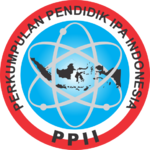

1.png)
